The Chase logo was introduced in 1961, when the Chase National Bank and the Bank of the Manhattan Company merged to form the Chase Manhattan Bank. At the time, few American corporations used abstract symbols for their identification. Seen as radical in that context, the Chase symbol has survived a number of subsequent mergers and has become one of the world’s most recognizable trademarks.
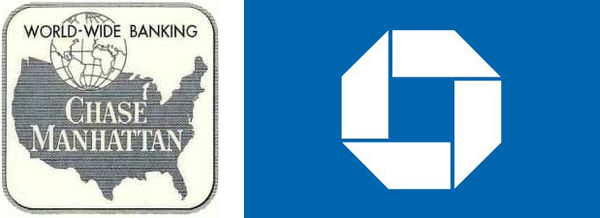
Its graphic designer, Tom Geismar, had set out to create “something bold something would stand out … that could be reproduced in various materials [and] that could work at a small size.” It had to work in black-and-white as well, to be printed in newspapers. He came up with the octagonal shape still in use by JPMorgan Chase & Co today.
Initially, not everyone at the bank loved the new logo, but within months, higher-ups who had once been skeptical were wearing it on ties and cuff links. “So it was a great lesson to us,” recalls Geismar, “because suddenly someone who couldn’t understand it as an abstract design now really accepted” it as a representation of their company.
A founding partner of Chermayeff & Geismar & Haviv, Tom Geismar has created logos for numerous famous companies and institutions, including: Xerox, Univision, National Geographic, Mobil Oil, Princeton University Press, the United Nations Development Programme.
He offers three basic criteria for a successful logo design:
- Appropriate – fits well for the client and their business
- Distinctive – stands out, but easy to recognize and memorize
- Flexible – works in different sizes and in various contexts
A design for a sports team, for instance, needs to look different from a design for a bank. And designs should be memorable, able to be drawn after having been seen just a few times. Then, of course, they have to work in various forms, from building signs to letterheads and apparel.
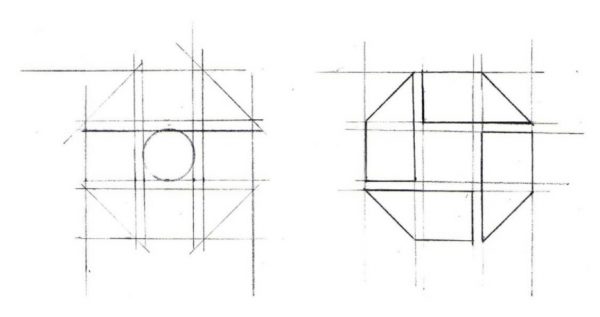
His firm has a long process for developing their designs, starting with client interviews as well as background and competition research. Sometimes, ideas come directly from this learning period.
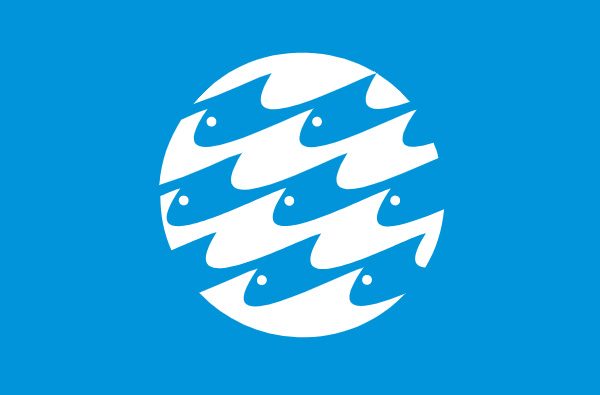
In some cases, the result is an abstract design, like the Chase logo, which served as a kind of “empty vessel” into which meaning can be “poured.” In other situations, a more representational logo may be appropriate, like an abstracted fish or wave for an aquarium.
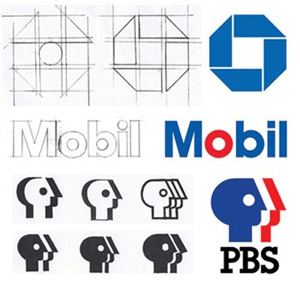 When it comes to showing clients design ideas and drafts, Geismar and his colleagues don’t generally say upfront which one is their favorite. They also try to mitigate potential negative reactions when presenting ideas, explaining “it’s never love at first sight” and suggesting clients try to “imagine what it might be like in actual use.”
When it comes to showing clients design ideas and drafts, Geismar and his colleagues don’t generally say upfront which one is their favorite. They also try to mitigate potential negative reactions when presenting ideas, explaining “it’s never love at first sight” and suggesting clients try to “imagine what it might be like in actual use.”
These days, Geismar says people are more aware (and critical) of logos than ever before. The recent rise of mobile devices has put app symbols in the palms of our hands. And this has also forced designers to think about how their work will function at different scales, something that has long been a key component to how Geismar’s firm operates. “It is a coincidence,” says Geismar, “but it happens to have worked very much in our favor, because we’ve always tried to do things that are very clear, very simple and that can be reduced to a small size.”
Tom Geismar’s firm has a new book coming out as well — “Identity: Chermayeff & Geismar & Haviv showcases a body of work spanning 60 years from the seminal New York design firm founded in 1957 by Ivan Chermayeff and Tom Geismar. The firm’s contribution to design has shaped the way corporate identity programs influence culture.”

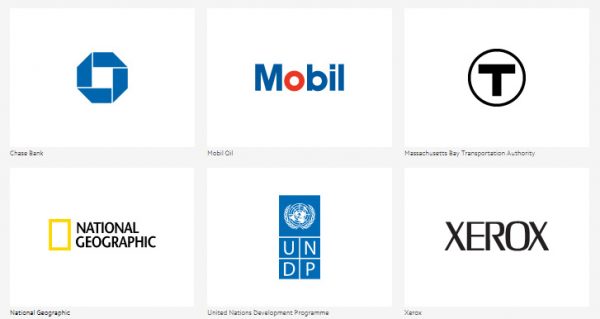



Comments (2)
Share
Great interview, I’m a big fan of logo design and have attempted a few myself. According to Feng Shui principles the Enron logo portends disaster!
Great interview,